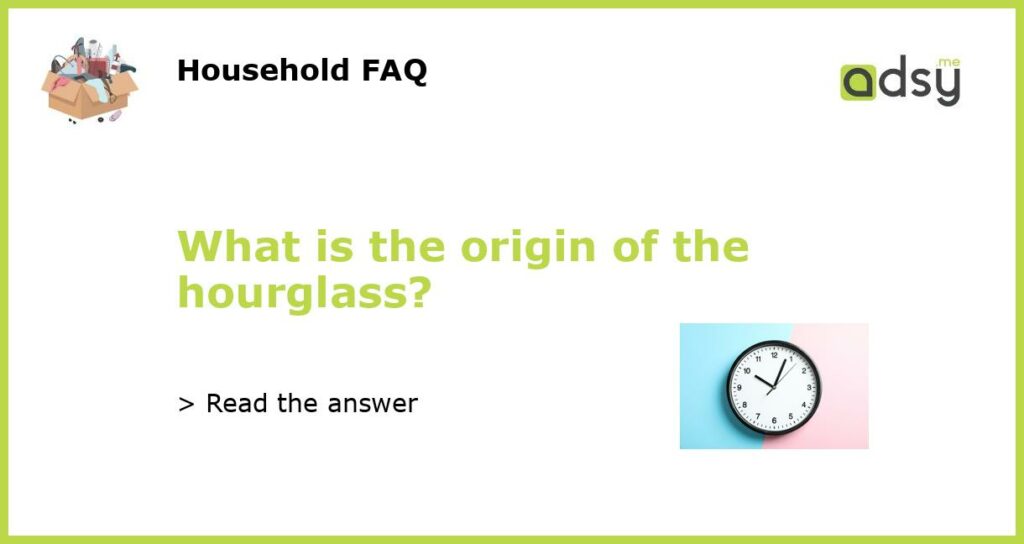The History of the Hourglass: From Ancient Times to Modern Use
The hourglass, a simple device designed to measure time, has been used for centuries in various forms. But where did it actually originate? Let’s take a closer look at the history of this timekeeping tool.
Ancient Beginnings: The First Hourglasses
The origins of the hourglass can be traced back to the ancient civilizations of Greece and Rome, where sand and water clocks were used to time speeches, legal proceedings, and other events. The hourglass as we know it today, however, didn’t appear until the 1300s in Europe.
The 1300s and Renaissance Europe: The Hourglass Takes Shape
During the Renaissance, the hourglass became a popular tool for sailors and seafarers, helping them to navigate their journeys across the sea. Hourglasses were also used in churches to time sermons and were sometimes used as a status symbol among the wealthy.
Modern Day Hourglasses: Function and Aesthetics
Today, hourglasses are still used for decorative purposes or as a symbol of time passing. However, they have largely been replaced by digital timekeeping devices in practical use. Some artists and designers have created modern and unique hourglasses that balance form and function, making them popular for home decor.
The Symbolism of the Hourglass
Throughout history, the hourglass has held a symbolic meaning beyond simply measuring time. It has been a reminder of mortality and the fleeting nature of life, often depicted in works of art or literature. In modern times, the hourglass symbol is often seen as a representation of balance and the passage of time.
The hourglass has played an important role throughout history, serving practical and symbolic purposes. Though it may not be as commonly used today as it once was, its continuing popularity in art and design is a testament to its enduring appeal and legacy.






